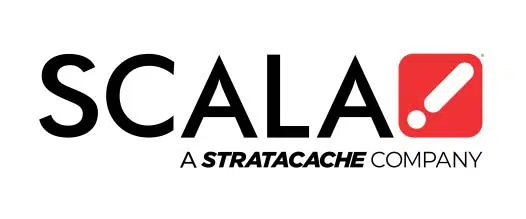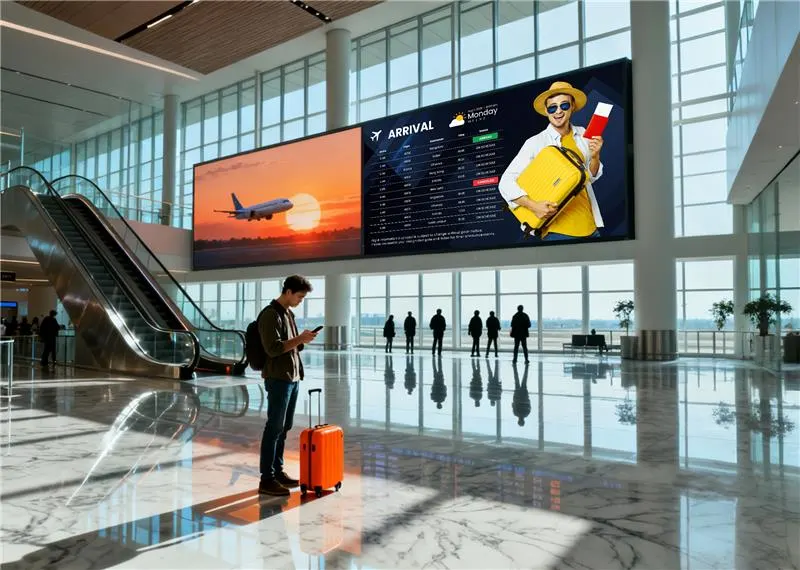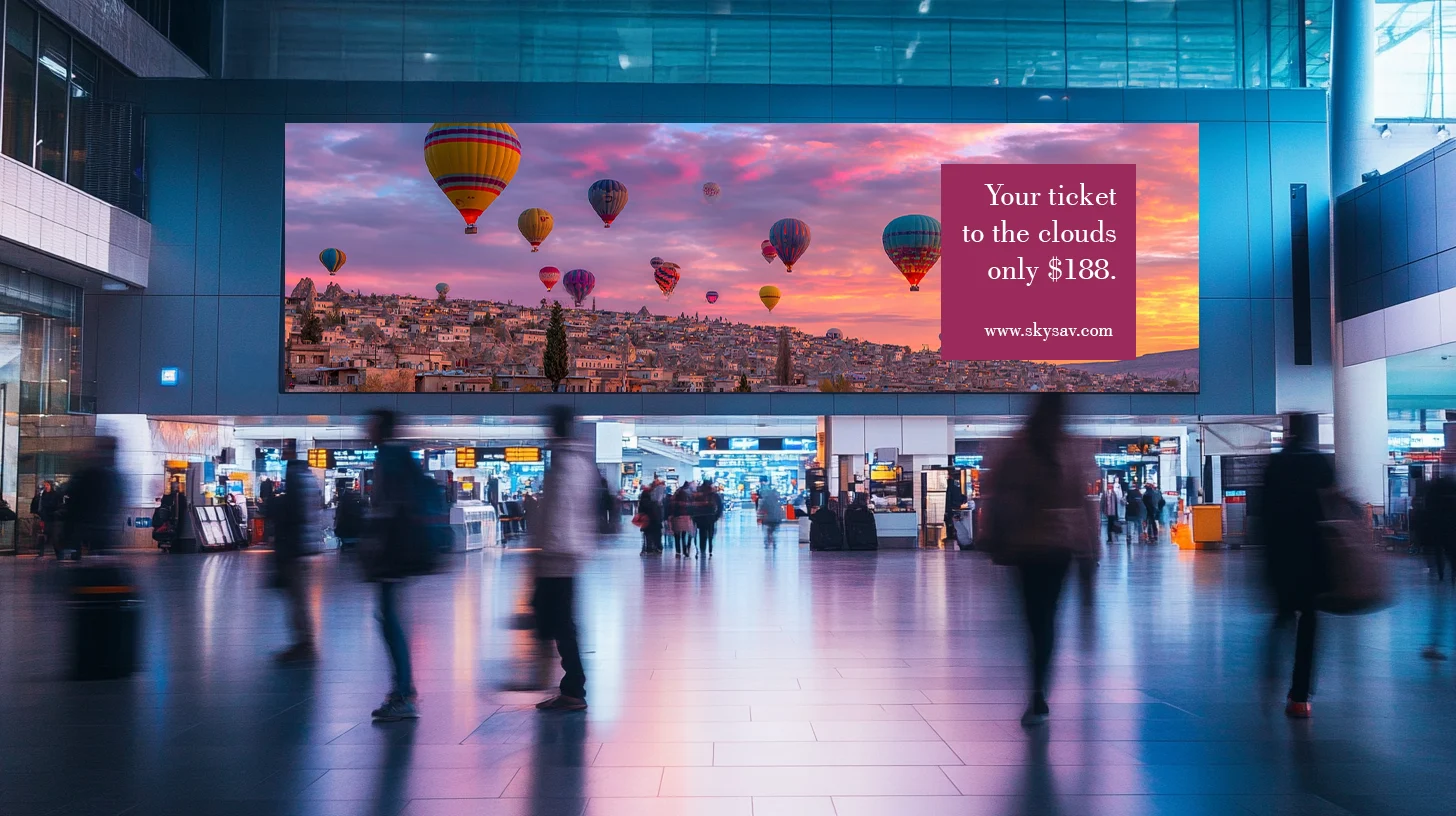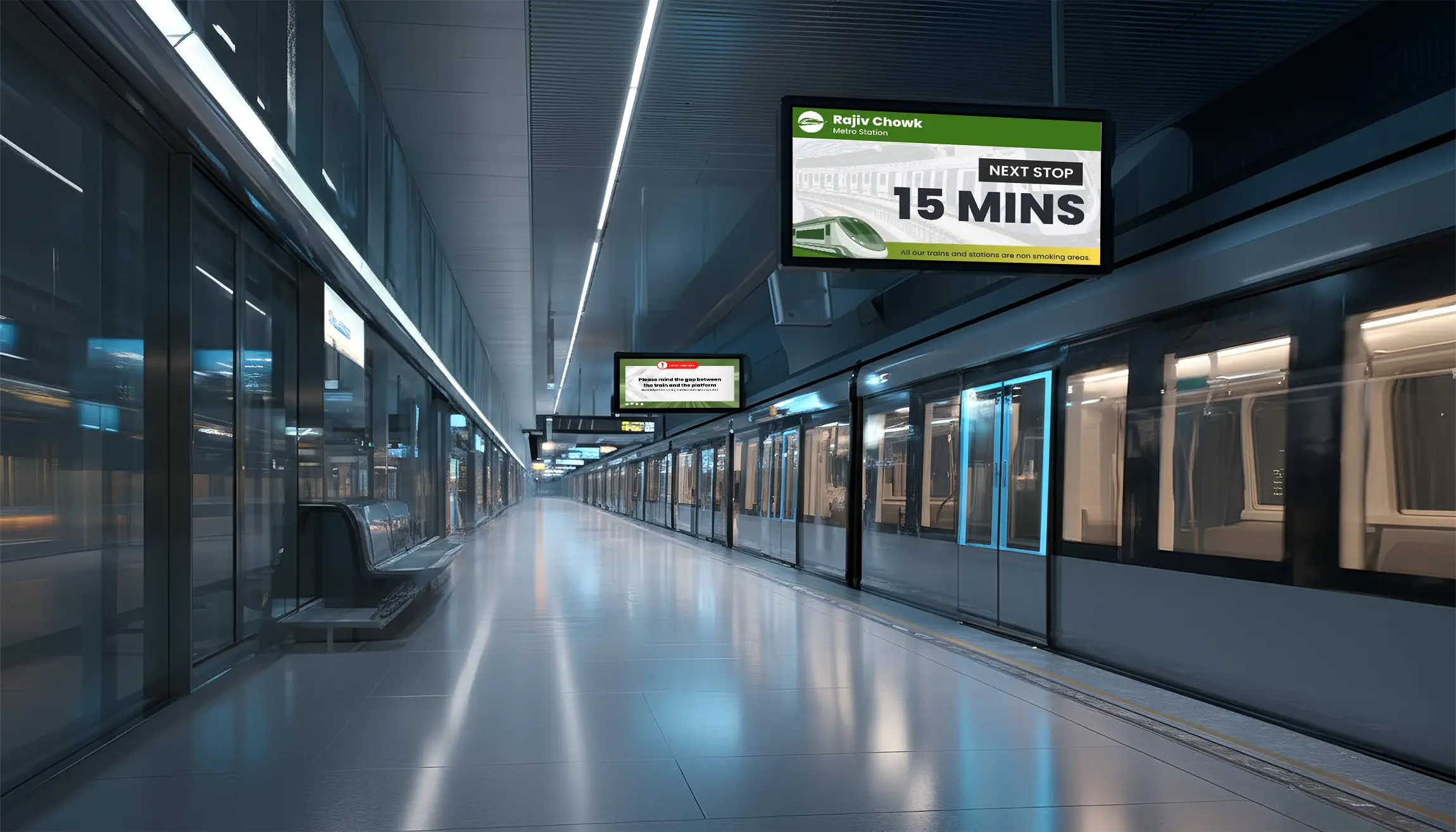How Digital Menu Boards Can Help Your Restaurant Business
by Esther Chew
How Digital Menu Boards Can Help Your Restaurant Business
by Esther Chew
In recent years, food service businesses have abandoned static signage and moved to digital signage. Digital menu boards are spreading quickly across the QSR industry, helping owners make improvements to their restaurants, operations, and bottom lines.
Recent data revealed that 8 out of 10 consumers have entered a store because a sign caught their interest, and digital signage creates a 31.8% increase in overall sales volume.
Does digital technology really matter that much? Are digital menu boards just a fad? This article explores several advantages of digital menu boards compared to their traditional counterpart.
Enhance customer experience
The process of finding and ordering what you want can play a major role in customer satisfaction at restaurants, grocery stores and other retail and hospitality environments. In fact, nearly three-quarters (74%) of restaurant guests say that an easy-to-read menu is their top priority for having a good experience. A digital display can bring restaurant menus to life with videos and animations and is the perfect solution to improve the ordering experience. Digital menu boards for restaurants and digital displays featuring mouth-watering visuals and strategically placed outside are more likely to draw in someone as compared to a static menu.
In line with this, a study conducted at US-based Iowa State University showed that visuals have a direct impact on decision making. Their research found that seeing images of food before ordering leads diners to make different decisions. When images of salad were added to a rotating cafeteria menu used in a summer camp for kids, “salad consumption among kids increased as much as 90%.”
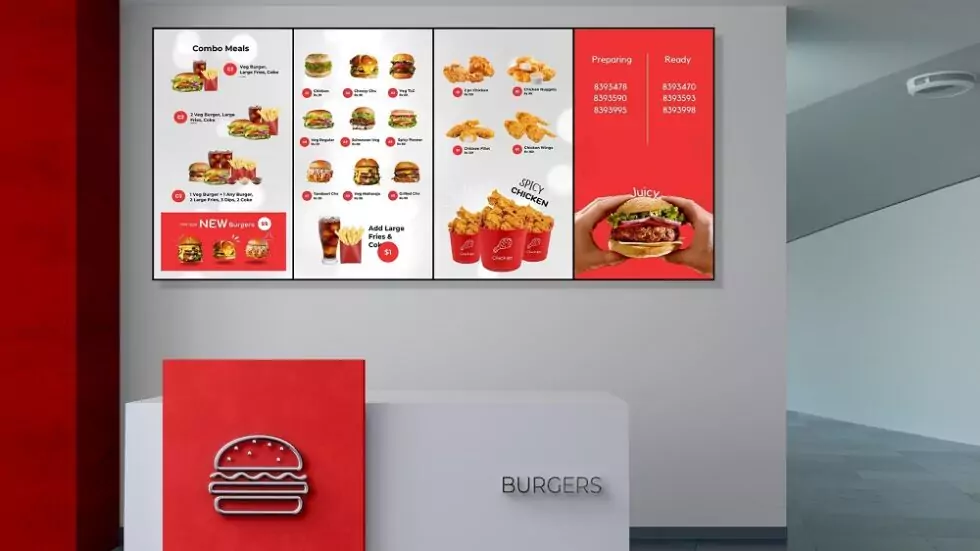
Easily update menu items and prices
Digital menu boards provide businesses with the flexibility and ease of automatically managing menu items and price points remotely based on supply and demand, promotional campaigns and upcoming events. In addition, [ digital menu boards for restaurants ] the option of pushing updates to either all or only selected restaurants. Optimal price points and smart promotion of high-demand items help to drive sales and increase profits.
Promote new, limited time or lesser known items
The ability to update your menu in real-time also makes it easier to test customers’ receptiveness to new menu items. Restaurants can promote test items without spending additional marketing dollars on creating new posters and signs. Well-designed digital menu content is also a good way to introduce customers to lesser known menu items they may overlook or not know about. Furthermore, you can easily change the line-up of items, including high-value limited time offers, with a rotating feature in your playlist.
Promote upselling
Digital menu boards present a golden opportunity for upsells. Based on orders entered in a POS system, the digital screens can display complementary items. This is an excellent tool for restaurants that offer combos and menu add-ons like sides, drinks, and desserts.
Reduce perceived customer wait times
Featuring value-added content such as real-time location-based traffic and weather feeds, as well as fun facts to restaurant digital menus helps to lower a customer’s perceived wait time. In fact, digital signage has been proven to reduce perceived wait times at checkouts by as much as 35%. It also gives customers a reason to continue to look at a screen, allowing restaurants to slip in promotional or other branded content.
Eliminate printing costs
Static menu boards require additional resources to print and install the materials. On the other hand, digital menu boards eliminate the costs of printing and installation, and promote environmental sustainability.
Conclusion
Digital menu boards are proving to be a resource that restaurant owners cannot do without. They enable restaurants to elevate the customer experience, increase revenues, improve customer satisfaction and conserve the environment.
Scala’s marketing technology and restaurant digital signage offers a bespoke solution that helps restaurants drive sales and increase operational efficiency.
About the Author:
Esther Chew is the Sr. Manager – Corp Comm & Marketing at Scala Asia-Pacific and is responsible for developing and implementing the internal and external communications strategy and programmes across Asia-Pacific. She drives the company’s corporate image and brand messaging through integrated and strategic communications leveraging various platforms such as executive communication, client communication, digital marketing, media relations and B2B events.
